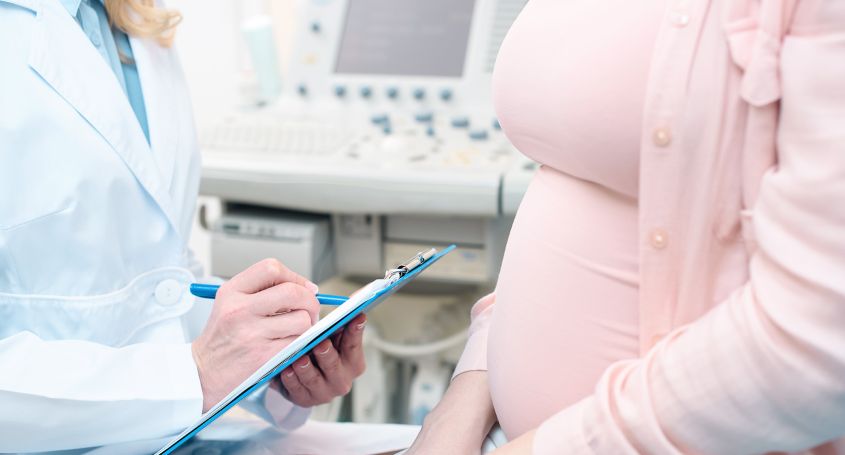It is estimated that 1 in 5 women will have uterine fibroids during their fertile years. Here we tell you what they are, how they are diagnosed and how they can be treated.
What are uterine fibroids?
Uterine fibroids are benign tumors rich in extracellular matrix derived from myocytes present in the myometrium. The myometrium is a thick muscular layer of the uterus located between the perimetrium and the endometrium.
There are three types of uterine fibroids: submucosal (under the endometrium), intramural (in the wall of the uterus) and subserosa (under the outer surface of the uterus).
Their cause is unknown, and they are symptomatic or asymptomatic. Some of them are menstrual disorders and hemorrhages, anemia, dysmenorrhea or pain during sexual intercourse or in the abdomen, etc. Symptomatic uterine fibroids affect fertility and limit quality of life.
How is it diagnosed?
To detect uterine fibroids, pelvic ultrasound is usually used, although magnetic resonance imaging, among others, is also used.
What treatments are available?
Once diagnosed, the treatment depends on different aspects such as age, symptoms, whether you wish to become pregnant or the type of fibroid.
Submucosal and intramural fibroids can be treated trans-vaginally or trans-cervically, while subserosal fibroids can be treated laparoscopically (a narrow tube - the laparoscope - is inserted into the abdomen through a small incision).
In the past, the classic treatment was hysterectomy, i.e. removal of the uterus. This solution made gestation impossible, so other alternatives have been explored for women who wish to become mothers.
Some treatments used for this type of fibroids are:
- Hysteroscopy: this consists of direct exploration of the inside of the uterus through a small camera. It can be used for diagnosis or treatment. It is an operation without scarring and with a quick recovery.
Radiofrequency: This is a conservative treatment of the uterus that has revolutionized the treatment of uterine fibroids. It is minimally invasive and consists of the use of
radiofrequency waves that generate heat inside the fibroid and cause coagulative necrosis of the cells that compose it. This procedure is capable of slowing the growth of fibroids and does not damage the myometrium, nor does it leave scars. Once the radiofrequency has been performed, the patient can lead a normal life in 2-3 days and only needs one day of relative rest. In addition, pelvic discomfort and some abdomino- pelvic swelling may be noted. However, it is not the technique of choice when pregnancy is desired afterwards.
At Barcelona IVF , we recommend regular gynecological check-ups to ensure good reproductive health.















